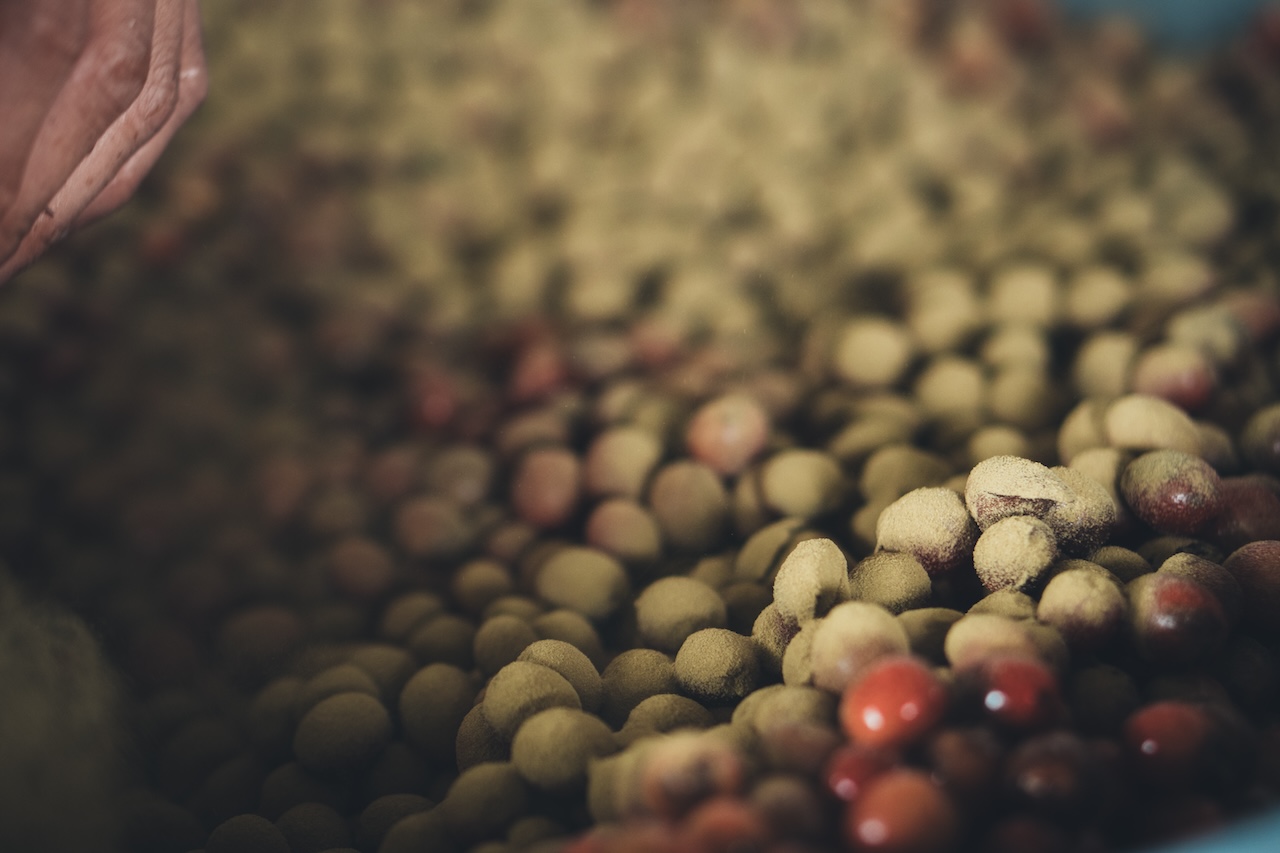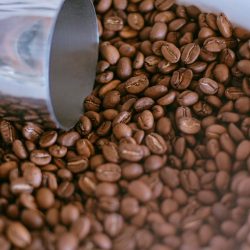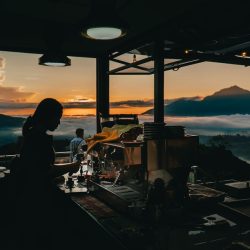In most coffee fermentation methods, the goal is to avoid mold growth. But with koji fermentation, it’s quite the opposite.
This innovative process uses a beneficial fungus called Aspergillus oryzae, known for its role in creating the signature umami flavors in Japanese foods like sake, amazake, and miso. While koji fermentation is relatively new in the world of coffee, its impact is quickly gaining attention, especially among those seeking new ways to enhance flavor and value.
What Is Koji Fermentation in Coffee?
Koji coffee was first introduced by Kaapo Paavolainen, the founder of One Day Coffee Co. and the 2021 Finnish Barista Champion. Koji works by breaking down complex starches into fermentable sugars. Initially, the process was applied directly to green coffee beans. However, due to the low starch content in green beans and the overly umami taste it produced (which wasn’t well received by most coffee drinkers), the method has since evolved.
Today, koji fermentation is performed on whole coffee cherries, which naturally contain more starch and produce a more balanced flavor.
What Makes Koji-Fermented Coffee Unique?
Compared to traditional methods that only breaks down about 70% of coffee sugars, koji fermentation breaks down more sugars, resulting in a cup that’s:
- Sweeter
- Fruitier
- Full-bodied
- With a longer and cleaner aftertaste
It’s an exciting advancement that bridges culinary science and specialty coffee.
The Koji Process at Kintamani Eco Bike Coffee
There are several ways to do the Koji process, depending on the Koji spores, the environment, and the coffee itself. At Eco Bike Coffee in Kintamani, Bali, we apply koji fermentation with careful attention to time and temperature, as both are critical to ensuring quality.
Here’s how the process works:
1. Floating Sort
Fresh coffee cherries are soaked in water. Those that float are removed, as they are considered defective.
2. Mold Inoculation
The remaining cherries are coated with koji spores (Aspergillus oryzae) at a ratio of 1:100. The cherries are then placed in a wooden fermentation box with a built-in heater, maintaining a constant temperature of 35°C for three days.
3. Drying and Hulling
Once fermentation is complete, the cherries are sun-dried and then hulled (outer skin removed). From here, the beans follow the usual specialty process: sorting, roasting, and brewing.
Why Koji Fermentation Is Challenging
Despite its promising results, koji fermentation is rarely used by coffee producers, especially in Indonesia. Here’s why:
- Strict temperature control: Our Koji only thrives at 35°C. If the temperature rises or drops even slightly, the fermentation process can be disrupted or fail completely.
- Timing matters: Koji requires precise timing. Over-fermentation can produce off-flavors that ruin the coffee’s balance and disqualify it from specialty coffee standards.
- Labor-intensive: Because temperature and humidity can fluctuate due to external weather, the process requires constant monitoring and skilled handling.
- High cost of koji spores: One of the biggest challenges is the cost of the koji mold itself. Our Koji spores are directly imported from Japan. They are relatively expensive and difficult to store and transport in tropical climates. This adds significantly to the overall production cost, making koji coffee not only rare, but also premium by nature.
These factors explain why koji-processed coffee is priced higher than traditionally processed beans. But for those who seek a unique and elevated flavor experience, many say it’s well worth it.
Why Koji Matters: Innovation Meets Sustainability
At Eco Bike Coffee, we believe that specialty coffee is not just about flavor, it’s about impact. The koji process isn’t just a flavor innovation, it’s a step toward:
- Increasing the value of Indonesian coffee
- Empowering local farmers with new techniques
- Promoting sustainable and high-quality coffee production
By introducing this method, we hope to inspire more coffee businesses, farmers, and enthusiasts to explore what’s possible and to see coffee not just as a drink, but as a movement toward quality and sustainability.



